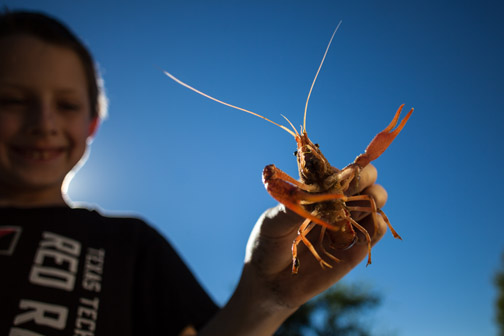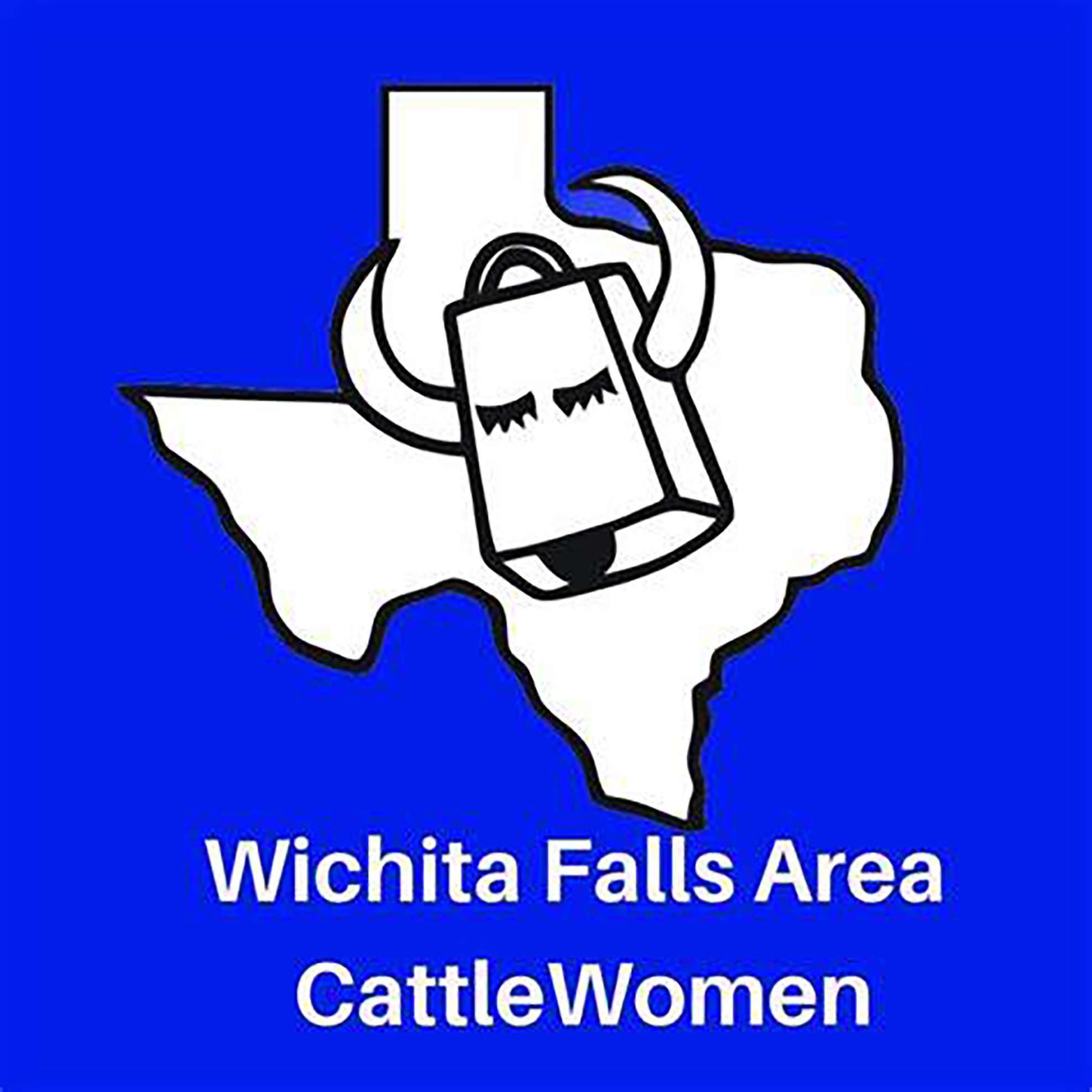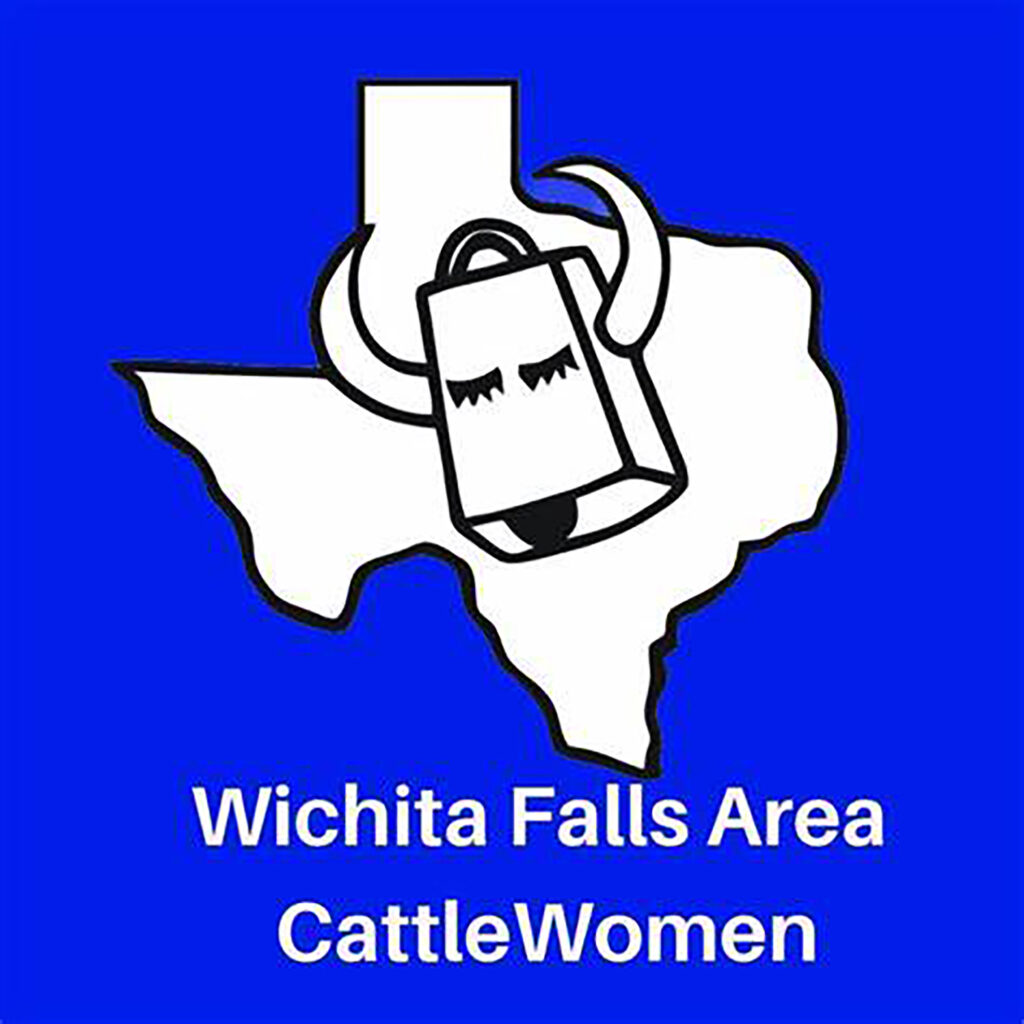HOME
Crawdads

By Russell A. Graves
With bucket in hand, my boy and I headed down to the duck marsh where we hunt. During the winter, the two acre marsh, which was created by my brother out of a flat bottomland hayfield that lies next to a creek, floods with about a foot of water and creates a wetland habitat that attracts ducks on a daily basis. After duck season, he drains the marsh so moist soil grasses and forbs will grow and provide food for next season’s ducks.
When the weather warms and the water drains away, the flat marsh bottom (made from a thick clay gumbo mud for which the blackland prairies are famous) becomes a popular destination for scores of crawdads.
Mud chimneys are everywhere. At each place a chimney stands, a crawdad carefully dug a vertical burrow that fills with water and then capped the opening with the spoils from its labor: chunks of stacked mud. We find a big chimney and carefully pluck it apart from the mud. In doing so, we expose a wide and nearly symmetrical hole that plunges deep into the marsh’s basin. It’s so deep, I can’t even see a shiny disk of water down in the hole.
However, the dig is fresh so we know a crawdad lurks beneath. So with bacon tied to a string harvested from the end of a feed sack, my boy lowers the bait into the hole and waits for a tug. He doesn’t have to wait long.
Crawfish, crayfish or crawdad?
In the eastern United States, however, they are commonly called crayfish. Whatever you call them, crawdads are a species of freshwater crustaceans that live in water that does not completely freeze. As bottom dwellers, they feed off of live animals, carrion, and plant materials. They are an old species, and fossil records document their existence for at least 30 million years.
To read more pick up a copy of the July 2017 NTFR issue. To subscribe call 940-872-5922.
HOME
Preparing Spring Gardens

By Hannah Claxton | Editor
The North Texas area is located within USDA Hardiness zones seven and eight. The zones are categorized by predicted low temperatures for winter and timing of the first and last frosts.
Zone seven usually has winter low temps between 0 and 10 degrees F with the average date of the first frost falling between Oct. 29 and Nov. 15 and the average date of the last frost falling between March 22 and April 3.
Overall, these two zones have similar climates and growing conditions, making the options for timing and variety within a garden very similar.
In these zones, cool-season crops should go in the ground in March, meaning that soil preparation should start now.
To read more, pick up a copy of the January edition of North Texas Farm & Ranch magazine, available digitally and in print. To subscribe by mail, call 940-872-5922.

HOME
Equine Vaccinations

By Heather Lloyd
Vaccinations are a critical component of maintaining the health and well-being of horses, especially in environments where they are exposed to other animals, such as in the sport, show and performance arenas. Horses, like all animals, are susceptible to various infectious diseases that can spread quickly and cause serious harm.
A routine vaccination schedule helps prevent the spread of these diseases by preparing the horse’s immune system.
To read more, pick up a copy of the November edition of North Texas Farm & Ranch magazine, available digitally and in print. To subscribe by mail, call 940-872-5922.

HOME
Wichita Falls Area Cattlewomen

Having herds on a controlled breeding schedule means that we have a predictable calving schedule, and while it’s only over a couple of months, for us it does fall right after the start of the year. I lobby annually to call ours the “Winter calving season”, but I am outvoted and my husband still refers to it as Spring. Unlike producers in our Northern States, we don’t have to contend with brutally harsh winter weather, and on those rare times we do, thankfully it is not for extended periods. Regardless of whether you have a Spring or a Fall calving schedule, the health of a newborn calf begins with the mother’s health, and the mother’s health is largely dependent on the producer.
To read more, pick up a copy of the November edition of North Texas Farm & Ranch magazine, available digitally and in print. To subscribe by mail, call 940-872-5922.

-

 Country Lifestyles2 years ago
Country Lifestyles2 years agoScott & Stacey Schumacher: A Growth Mindset
-

 Country Lifestyles8 years ago
Country Lifestyles8 years agoStyle Your Profile – What your style cowboy hat says about you and new trends in 2017
-

 HOME8 years ago
HOME8 years agoGrazing North Texas – Wilman Lovegrass
-

 Outdoor10 years ago
Outdoor10 years agoButtercup or Primrose?
-

 Equine1 year ago
Equine1 year agoThe Will to Win
-

 Country Lifestyles5 years ago
Country Lifestyles5 years agoAmber Crawford, Breakaway Roper
-

 Country Lifestyles9 years ago
Country Lifestyles9 years agoJune 2016 Profile – The man behind the mic: Bob Tallman
-

 Country Lifestyles8 years ago
Country Lifestyles8 years agoDecember 2016 Profile, Rusty Riddle – The Riddle Way




